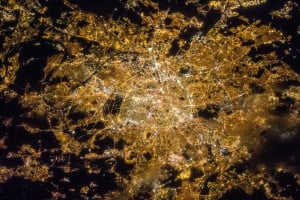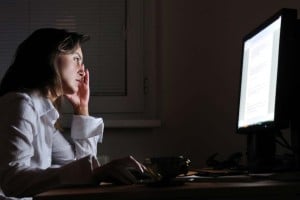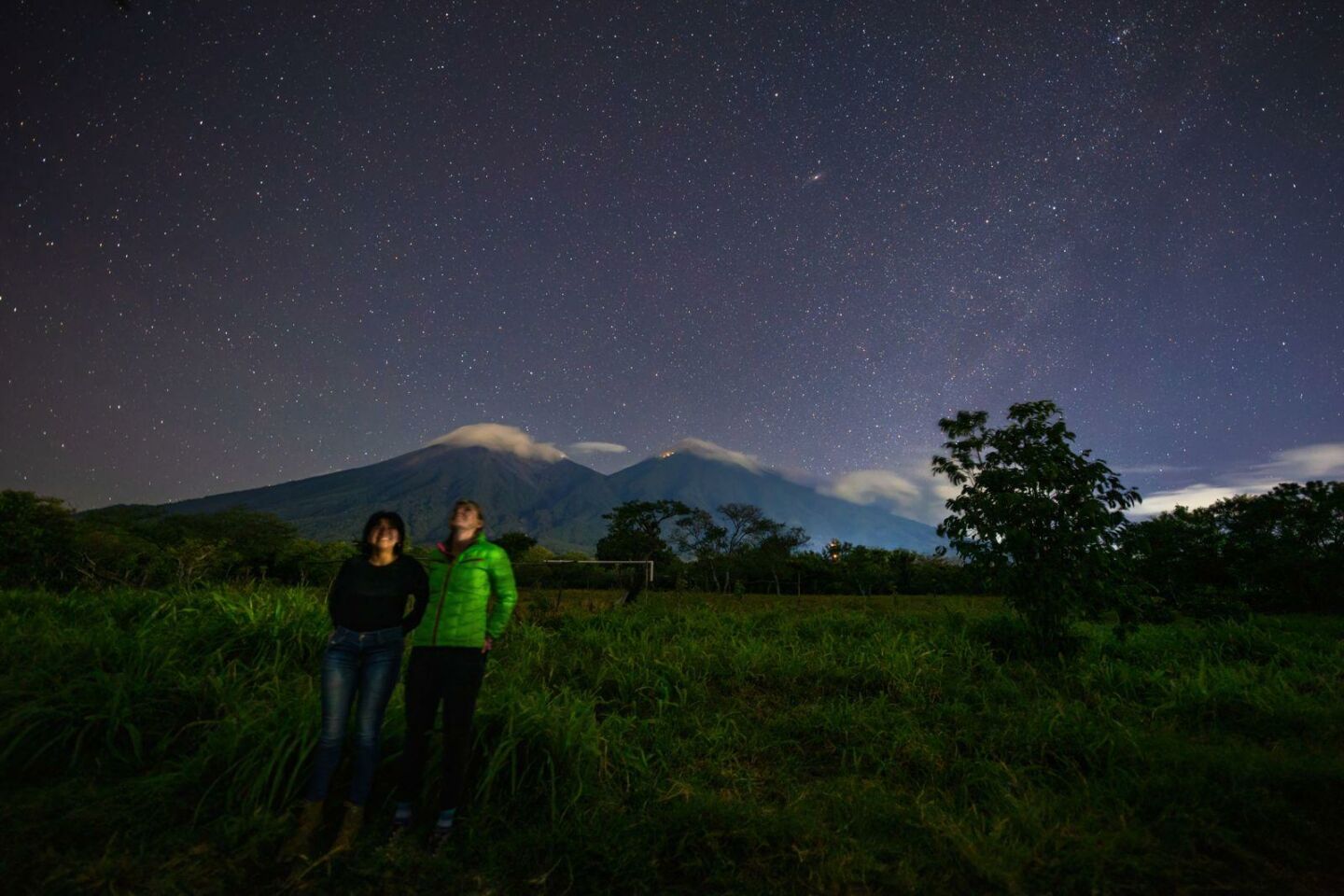
5 Appalling Facts about Light Pollution
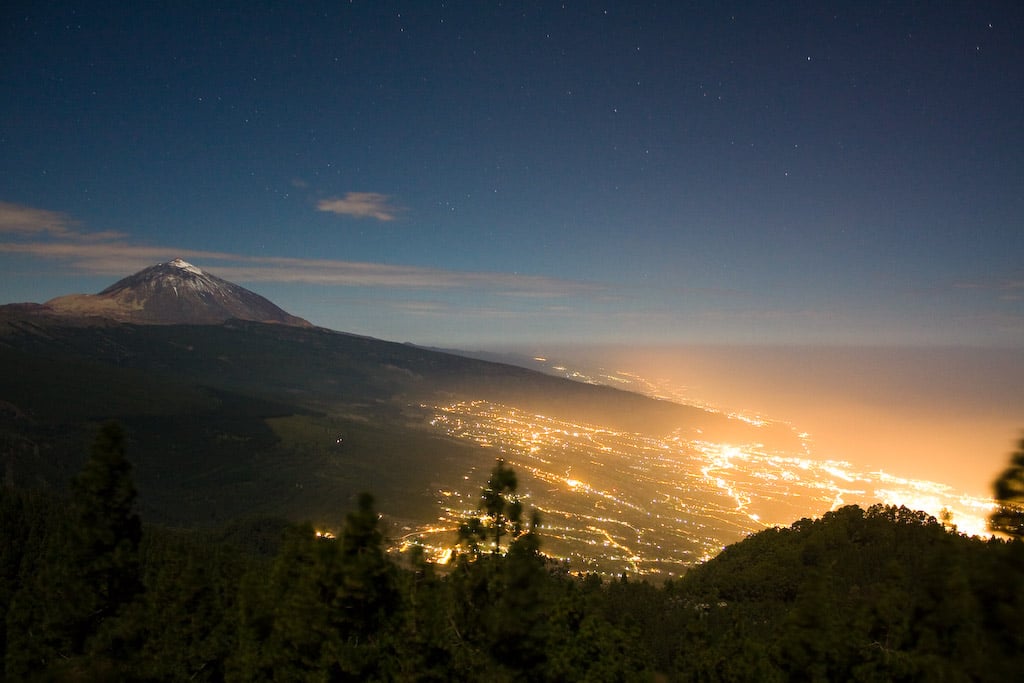
- The sky glow of Los Angeles is visible from an airplane 200 miles away.

Residents of L.A. haven’t been able to see the stars for a while. In fact some city dwellers don’t even know what a natural night sky looks like. When a 1994 earthquake knocked out the city’s power, many anxious residents called local emergency centers to report a strange “giant, silvery cloud” in the dark sky. What they were seeing – for the first time – was the Milky Way, long obscured by light pollution.
- Artificial light at night disrupts the seasonal cycle of trees.

Even plants depend on the natural cycle of day and night. Artificial light at night can throw off a plant’s response to the change of seasons. Prolonged exposure to artificial light prevents many trees from adjusting to seasonal variations. Notice how the leaves of this tree have their fall colors, except for those directly under the streetlight (upper right). This, in turn, has implications for the wildlife that depend on trees for their natural habitat.
- Light Pollution unnecessarily contributes to climate change.
In an average year in the U.S., outdoor lighting uses some 120 terawatt-hours of energy, mostly to illuminate streets and parking lots. That’s enough energy to meet New York City’s total electricity needs for 2 years. Unfortunately, up to 50 percent of that light is wasted. That adds up to $3.3 billion and the release of 21 million tons of CO2 per year! To offset all that CO2, we’d have to plant 875 million trees annually.
2. Light pollution kills millions of birds a year.
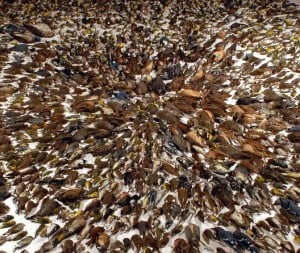
Artificial lights can disrupt the migratory schedules of birds causing them to leave too early or too late in the season, missing ideal conditions for nesting. Birds that navigate by moonlight and starlight can wander off course. Millions die every year by colliding into needlessly illuminated buildings. Every year, the Fatal Light Awareness Program (FLAP) “displays” these victims of light pollution to raise public awareness.
- Exposure to artificial light at night puts your health at risk.
Humans evolved with the rhythms of the natural light-dark cycle of day and night. Due to artificial light, most of us no longer experience truly dark nights. Like most life on Earth, we adhere to a circadian rhythm — our biological clock. Natural light is an important cue that helps us set our clock to Earth’s 24-hour rotation period. Exposure to artificial light at night disrupts this process, increasing our risks for cancers and other potentially deadly diseases. Blue-rich light at night is particularly harmful. Unfortunately, most LEDs used for outdoor lighting, computer screens, TVs, and other electronic displays emit abundant blue light.
Solutions
Luckily, there are easy solutions and you help! Check out our Get Involved page for ideas on what you can do and/or support IDA. Your support today means we can continue to protect night skies for future generations.

















